Make your wedding a grand spectacle of unity and celebration with the best wedding choreographers…
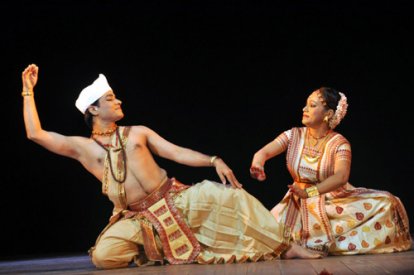
about Sattriya Classical dance (assam) – A to Z information
Sattriya Classical dance information
Sattriya Classical dance(Assamese: सौभाग्य है ), or the Sattriya dance, comes from the Assam (eastern state of India). It is a dance or plays art with genesis in the monasteries of Assam Krishna-centralize Vaishnavism, or respond to the 15th centenary Bhakti action scholar or saint Mahapurush Srimanta Sankardev.
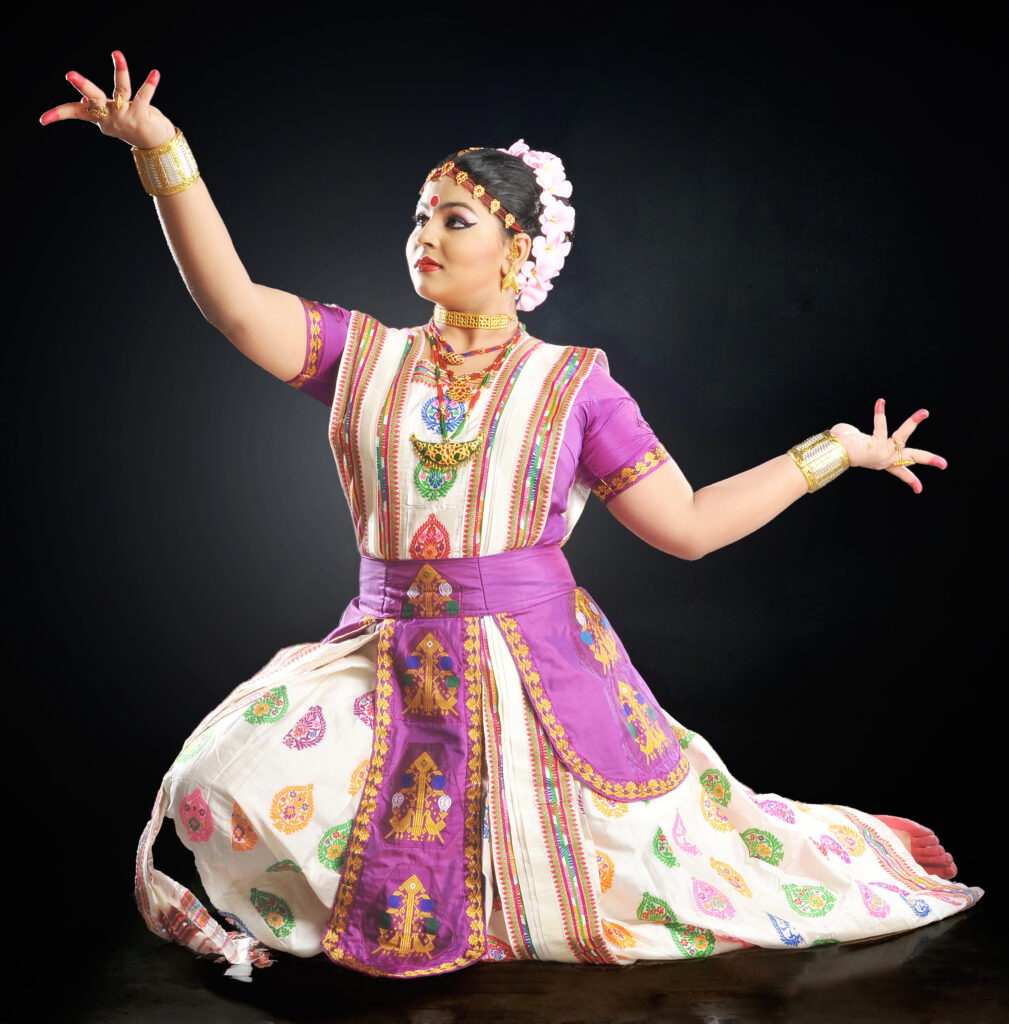
one-act drama a part of Sattriya dance is also called Ankiya Nat, which includes aesthetic or the devotional through a ballade, play, and dance. usually, plays are performed in the community halls of monastery shrines called sattras. the topics of played refer to lord Radha and Krishna, occasionally other lord Vishnu avatars such as Sita and Ram.
In 2000 Sattriya was recognized as an Indian classical dance form Sangeet Natak Akademi of India. In Modern days this dance discovered numerous themes or plays, and it’s presented worldwide staged.
History
Let’s know into Deep with its History.
The classical dance of India is Sattriya, its Roots trace into pristine drama or music versions of India, Mainly The Natya Shastra. The Natya Shastra is a basis tractate on the performing kalaa attributed to pristine scholar Bharata Muni. the first whole collection is dated around between 200 BCE and 200 CE, however, estimates differ between 500 BCE and 500 CE. The very well-read version of the Natya Shastra text contains around 6000 stanzas designed into 36 sections. The text, states Natalia Lidova, delineates the principle of Tandava nritya (Shiva), the principle of rasa, of expression, fundamental steps, or standing postures – which all are the piece of classical dances. Dance or play arts, which describe this pristine text, are an aspect of the manifestation of spiritual ideas, qualities, or the summary of scriptures.
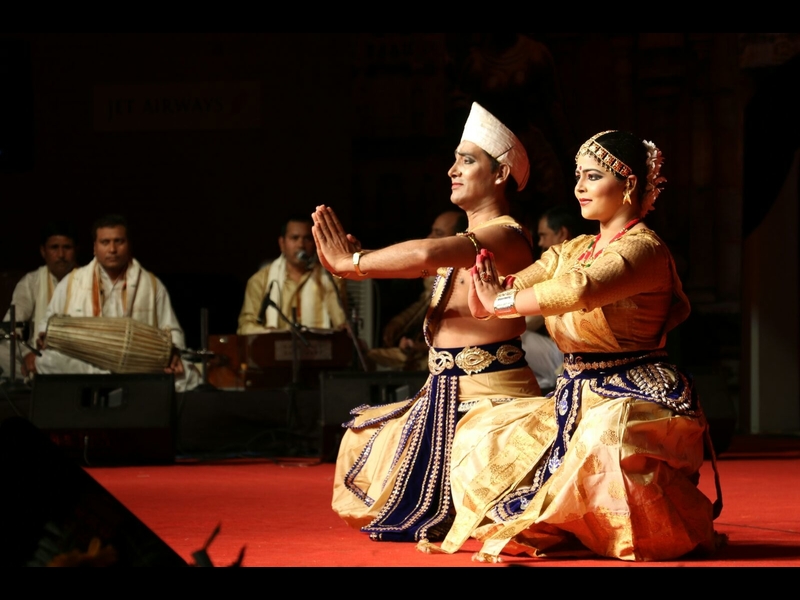
Dance history of this art in Assam goes back to antiquity, as Shown by copper plate inscriptions or sculptural art related to Shaivism or Shaktism convention. Singing and musical traditions, ditto, have been marked to Assamese chorister singing tradition for the Hindoo epics the Ramayana or the Mahabharata.
The new form of Sattriya is ascribed to the 15th centenary Sankaradeva, which arranged the art using the pristine texts, or proposed play and meaningful dancing (nritta or nritya) like a form of an society virtuous art for sentimental devotion to Krishna. after coming the 15th century, this Sattriya dance art soared as a part of Vaishnava bhakti agitation, in Hindoo monasteries known as Sattra. The art was evolved or exercised by sadhu in the form of dance plays regards legends or mythologies of Krishna, especially by texts such as the Bhagavata Purana. A special portion of sattriya dance in monasteries and temples is that the dance celebration is not done before any idol, but is only featured before a copy of the Bhagavata Purana location in oriental (sunrise) nook known as Manikut of the dancing hall (Namgar).
in the starting days, this dance or play was written or designed by the Assamese poet-sage Sankaradeva, or by his senior pupil Madhavadeva. these were primarily written in the 16th centenary. one day the domain of the male monks, Now it’s also performed by the male as well as women artists. Into the 2nd half of the 20th centenary, this Nritya moved from the sanctum of Assam’s Sattras.
in 2000, Sattriya Nritya was recognized as an official indian classical dance by The Sangeet Natak Academy, now these are performed on the world stage.
Sattriya dance steps
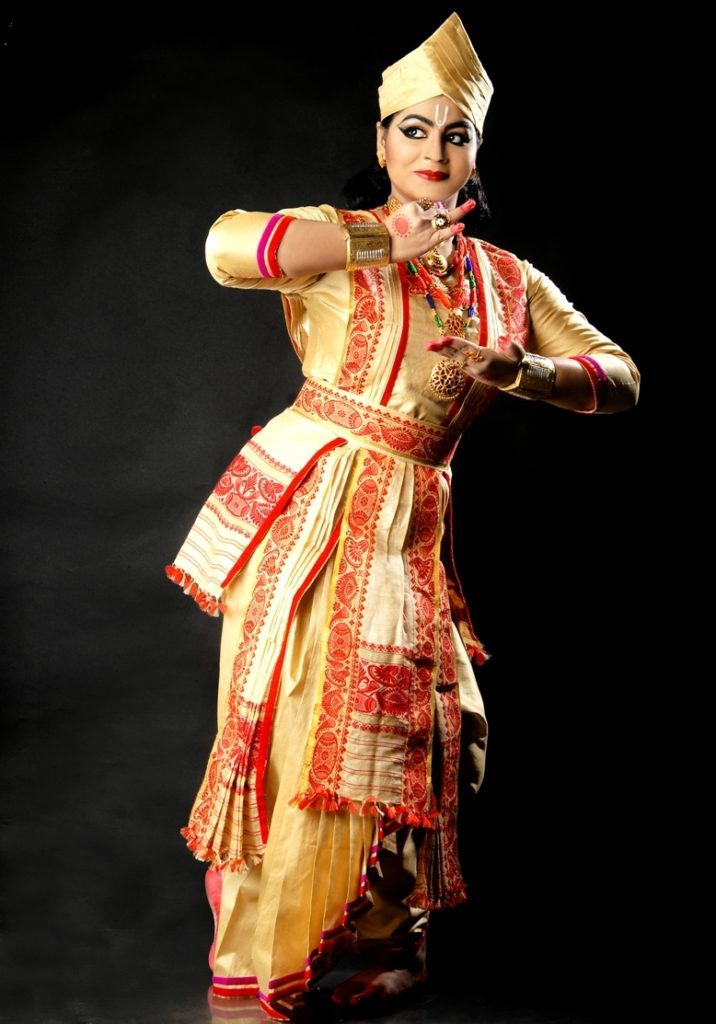
The Sattriya dance is classified into many parts: Apsara dance, Chali dance, Behar dance, Manchok dance, Dasavatara dance, Rasa dance, Natua dance, Gosai Prabesh, Rajaghariya Chali dance, Jhumura, Bar Prabesh, Gopi Prabesh, Sutradhara or Nadu Bhangi dance, to name however a some – and these are some counterparts in of item in Bharatanatyam. same to other seven schools of classical dance in India, Sattriya dance compasses the theories expected of an indian classical dance style: the thesis of drama and dance, such as Natyashastra, Sangit Ratnakara, or Abhinaya Darpana; a separate repertoire (marg) or the side of nritta (pure Nritya), and Natya (drama), Nritya (meaningful dance).
Sattriya dance Costumes
The Sattriya Nritya costume is primarily of two variants: the dhoti and chadar and the pagri ( turban) for male costume, and for the female dancer are ghuri, chadar, and Kanchi (waist fabric). Normally the costumes of Sattriya dance were raw silk color or white with the use of red, yellow, or blue for distinct dance marks. mostly in the earlier time, the satin and velvet fabrics were used for the dance costumes. with the time change, this dance style developed from the Sattras to the stage. the materials and design of the costumes changed. Pat (also spelled paat) – a type of silk which is produced in the Assam state of India comes from the mulberry plant or MUGA silk is also used for preparing the costumes. other shining colors are also used for preparing women’s dance costumes. These hand-made materials generally have complex local motifs such as Kingkhap, Miri Motif, Kolka et cetera.
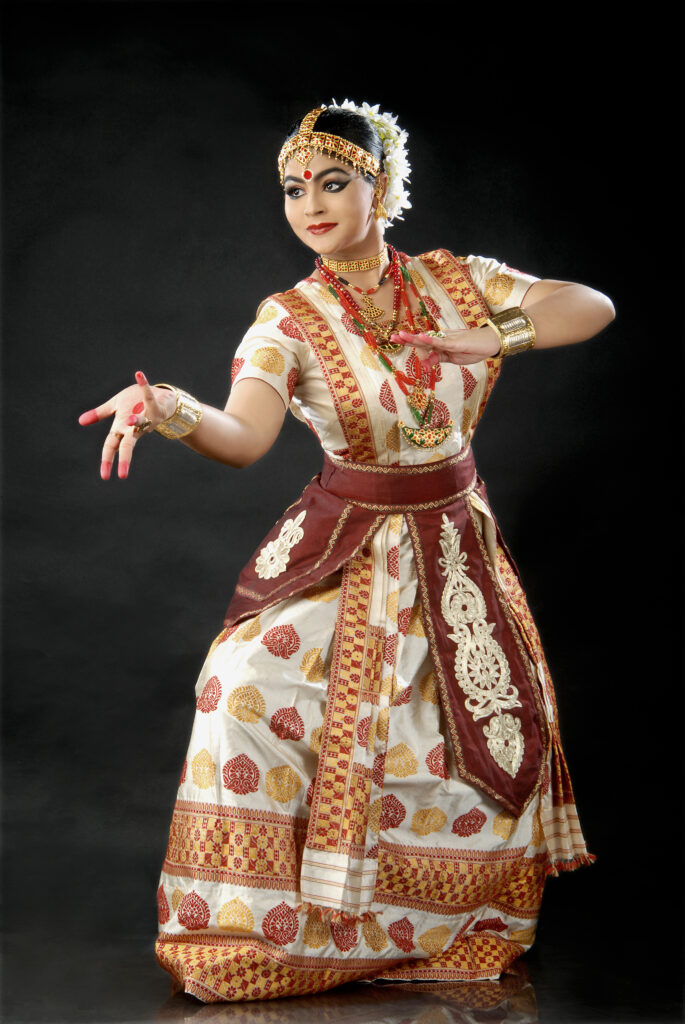
The use of drama-distinct costumes is also noticed in Sattriya Nritya. the yellow and blue dresses are used for Krishna dance and Nadubhangi dance with the costume of Lord Krishna. the white costume is also specifically used for Sutradhar Nritya with a special turban.
the Ankiya Naats (plays) costumes are character-specific and colorful. To delineate demons and special characters are use Mukha (Masks) which is also a unique dance. making masks is an integral part of Sattriya culture and generated from the Sattras of Assam. the well-decorated crowns or turbans prepared by the provincial artisans are used for Ankiya Naats.
Sattriya dance guru
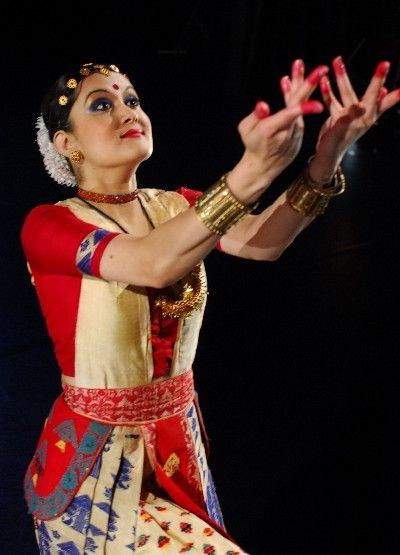
In these years, the great acceptance or patronage of Sattriya dance has been received from both outside of Assam state and out of India. for promoting the dance art, one of the Sattriya dancers is overseas Madam Kavitha Supramaniam from Malaysia. an accomplished dancer is Madam Kavitha Supramanaim; learning this art with close guidance from her honor guru Preeti Chowdhury (Assam).
So guys this is all about the Sattriya dance so hope you will know well about the Sattriya dance, with this information. For more information about Indian classical dance like Kathak dance, kathakali dance, Mohiniattam dance, Odissi dance, Kuchipudi dance world record, Bharatnatyam dance history, or others Indian dance state wise.
Or to Get Online dance classes you can contact with indian dance world…….



